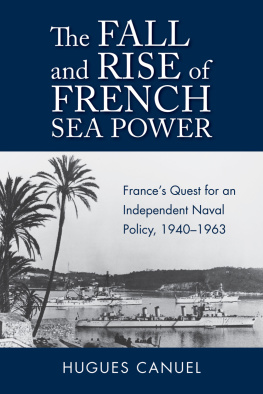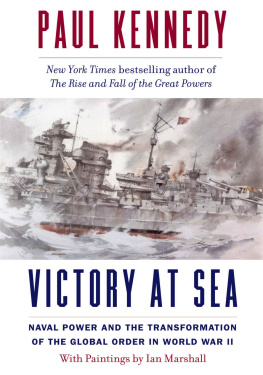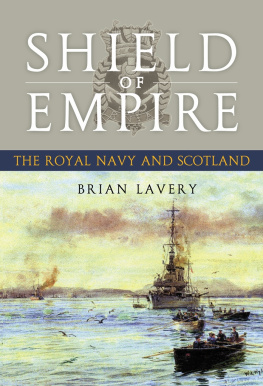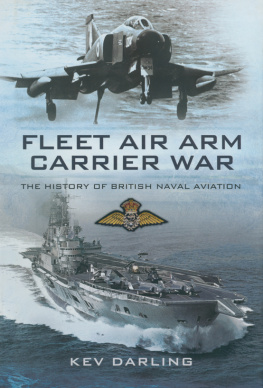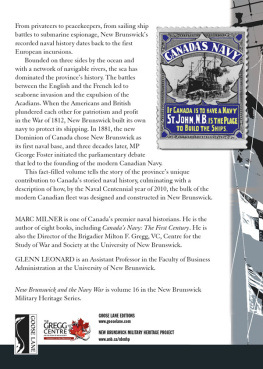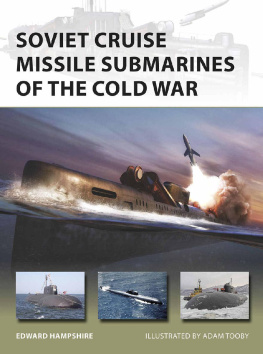Three Republics One Navy
A Naval History of France 1870-1999
Anthony Clayton
Illustrations by Peter French
Helion & Company Limited
26 Willow Road
Solihull
West Midlands
B91 1UE
England
Tel. 0121 705 3393
Fax 0121 711 4075 Email:
Website: www.helion.co.uk
Twitter:
Visit our blog http://blog.helion.co.uk
Published by Helion & Company 2014. Reprinted in paperback 2016
Designed and typeset by Farr out Publications, Wokingham, Berkshire
Cover designed by Paul Hewitt, Battlefield Design ( www.battlefield-design.co.uk )
Text Anthony Clayton 2014
Images: Peter French 2013
ISBN 978-1-911096-74-0
eISBN 978-1-912174-68-3
Mobi ISBN 978-1-912174-68-3
British Library Cataloguing-in-Publication Data.
A catalogue record for this book is available from the British Library.
All rights reserved. No part of this publication may be reproduced, stored in a retrieval system,or transmitted, in any form, or by any means, electronic, mechanical, photocopying, recording or otherwise, without the express written consent of Helion & Company Limited.
For details of other military history titles published by Helion & Company Limited contact the above address, or visit our website: http://www.helion.co.uk .
We always welcome receiving book proposals from prospective authors.
For my grandchildren, William, Annabella,
Alexander, Kaiya, Noah, and one expected to
be joining the family later this year.
I hope they will all make French friends
Honneur
Patrie
Valeur
Discipline
Four words displayed on an honour board on
all French warships
Contents
List of Illustrations
La Gloire , the world's first armoured warship (1860), and in its day the pride of Napoleon III's navy.
Surveillante , 1870s Broadside Battleship.
Ocan , Broadside Barbette Battleship, 1870s.
Redoutable , Central Battery Battleship completed 1879. Original barquentine sail rig removed, and replaced by military masts and control tops in the 1880s.
Torpedo Boat No 4 , 1875. 17 tons, built in England by Yarrow's. One spar torpedo.
Tourville , Unprotected Cruiser. Original armament - seven 7.6 inch, fourteen 5.5 inch and one 3.5 inch guns. Completed 1877 and in service to 1901. Barque rigging.
Chasseur , Colonial Sloop 1878-1894. Armament - four 5.5 inch guns.
Linois , Protected Cruiser. Armament - four 5.5 inch, two 3.9 inch guns, four 18 inc torpedo tubes, 120 mines. Completed 1895.
Torpedo Boat Fauconneau (later classed as a Destroyer). Built 1900. Armament - one 65mm and six 47mm guns, and two 15 inch torpedo tubes.
Neptune , Barbette Battleship laid down 1880, completed 1892, in service until 1912.
Patrie , Pre-Dreadnought Turret Battleship, completed 1906.
Danton , Pre-Dreadnought Battleship, completed 1911.
Gloire , Armoured Cruiser, completed 1904.
Janissaire , 450 ton Destroyer completed 1911. Armament - two 3.9 inch guns and four 18 inch torpedo tubes (in pairs).
Bretagne , Dreadnought Battleship, completed 1915.
Waldeck-Rousseau , Armoured Cruiser, completed 1911.
Japanese Kaba class Destroyer as supplied to the Marine , 1916. The twelve Algerien class were the same design.
Duguay-Trouin , Light Cruiser, completed 1926.
Dupleix , Heavy Cruiser, completed 1929.
Surcouf , Submarine, completed 1931 but shown here approximately 1941, alteration replacing the aircraft hangar with a light anti-aircraft weapon.
Ajax , Submarine of the large size Redoutable class, completed in late 1930s.
Le Chevalier Paul , Centre-torpilleur, 1930s.
Montcalm , Light Cruiser 1940, wartime camouflage.
Doris , Submarine completed 1926, Sirne class.
Strasbourg , Battleship, flagship at Mers-el-Kbir in 1940 and at Toulon in 1942.
Amiral Charner , Colonial Sloop, completed early 1930s.
Richelieu , Battleship 1944, shown as rearmed in the USA.
Suffren , Heavy Cruiser as modernised 1943-44.
Mduse , Submarine, Diane class completed in late 1930s.
Lafayette , Aircraft Carrier, 1950.
Dixmude , Aircraft Carrier, 1946.
Jean Bart , Battleship, 1956.
Clemenceau , Le Clem, Aircraft Carrier with fully angled flight deck, 1962.
Bouvet , Cassard class Destroyer completed 1957, re-armed with missiles early 1970s.
Duquesne , Destroyer completed in 1968, shown as in 1973 prior to later fitting of Exocet missiles.
Authors Note
A Navy is a fighting force in which men go down to the sea in ships. This work concentrates its attention on those men and the ships in which they set forth. Political gyrations that governed construction, personnel and operations have often made the tasks of admirals and sea officers more difficult, especially so in the case of the three French Republics from 1871 to 2000. Only one political Minister for the Marine in these years, Georges Leygues, can truly figure as one of the great maritime statesmen of history. Government policies are of course set out where they affected the Marine but in this work more space is given to the sea officers and sailors, the numbers and qualities of the ships available and the uses to which they have all been put. These uses have not only included international wars but also the acquisition of a colonial empire, counter-insurgency operations in the wars of decolonisation, and the varied uses of sea power in times of apparent peace or low-intensity conflict. The story of the Marine in all these varied roles is interesting, rewarding and very relevant to any wider study of modern French history.
Accounts and records of the history of the Marine often reflect surprisingly wide differences in their narratives of many events, what is included and what is not, assessments of the motives of lead actors, the perceptions of events selected as important and the conclusions drawn. The likes and dislikes of many historians and writers, by no means all French, are often evident. This work essays a detached approach, many figures seen as malign were frequently more misguided, some sadly so. No admiral can be convicted of a want of patriotism, though several had particular prejudices or phobias that were not in the real national interest.
In writing this work I have generally limited the names of officers to those of flag rank, but with a number of exceptions. The names of all major warships and a large number of smaller vessels when appropriate all appear. For the benefit of anglophone readers the ranks of Marine officers are set out in their Royal Navy equivalent being the more easy to understand, the Marine rank titles were also changed on occasions. Finally, throughout, I have used the designation the Marine , the Royal Navy, the United States Navy rather than national adjectives, French, British or American, designations professional and not nationalistic.
It is an unusual experience for a historian when, on the same day that he is completing the history and events about a particular institution he receives through the letterbox a copy of another work which covers precisely the same period of history and events. This newly arrived work was LHistoire dune Rvolution: La Marine depuis 1870 produced by the Centre dEtudes Suprieures de la Marine , a part of the Service Historique de la Dfense and was very kindly sent to me by M. Dominique Guillemin of the Service Historique . The text is of course in French. My work is longer and with more individual ship and operation detail. The two works draw generally the same conclusions over the very dramatic events of the period, but I have had the advantage of greater detachment and have been able to offer a different perspective in some areas.


